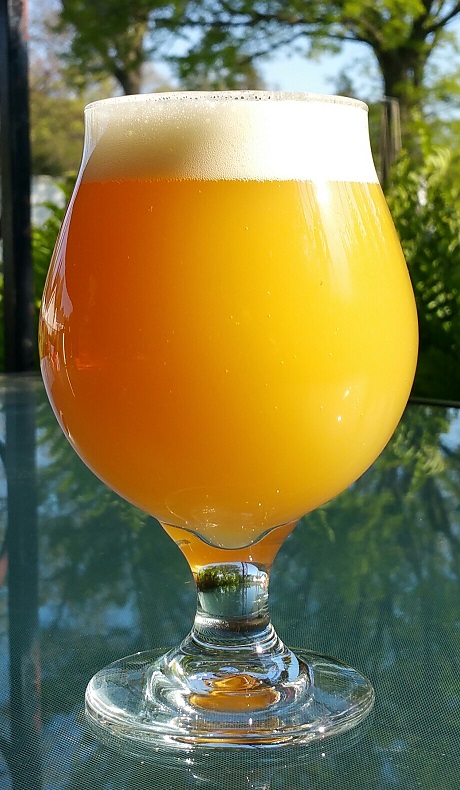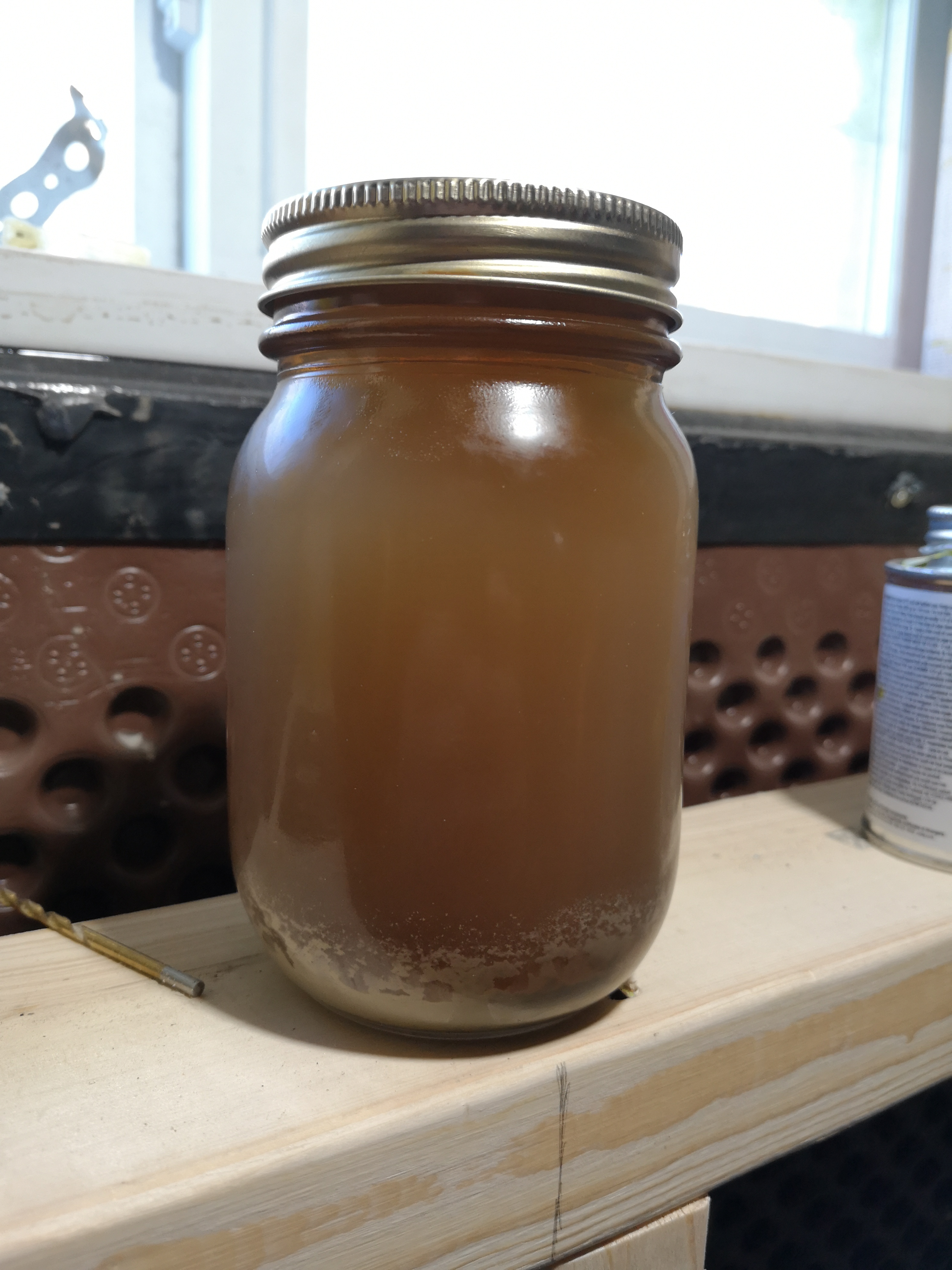Have you guys who are following Janish's book and advice had Sapwood beers? Are you impressed by them?
I picked up a few growlers around Thanksgiving. I've also had small tastes at local beer fests and even at HomebrewCon in balitmore (a NEIPA for club night and some hoppy sours during Mike's presentation), which I think was before they opened. So I wouldn't say I'm overly familiar with their beer, but I have tried some.
I really liked Findle Bindle. The other two I had were good, too. They didn't make me swoon like I do when I go to Treehouse & Bissell Brothers each year, or when I get some Trillium/Hill Farmstead. But judging them strictly by the little I've tried--which is admittedly not enough--I'd say they're certainly in the top 2 or 3 in the area (roughly northern virginia to baltimore). Going forward, they'll be one the breweries I frequent the most and I certainly view their blogs and techniques as reliable for my own immitation.











































![Craft A Brew - Safale BE-256 Yeast - Fermentis - Belgian Ale Dry Yeast - For Belgian & Strong Ales - Ingredients for Home Brewing - Beer Making Supplies - [3 Pack]](https://m.media-amazon.com/images/I/51bcKEwQmWL._SL500_.jpg)


















